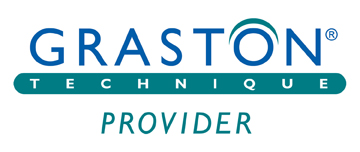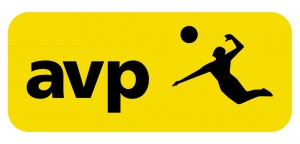
|
Lumbar Spine Injury Physical Therapy
back physical therapy: lumbar spine injury
The lumbar spine consists of 5 vertebrae (spinal bones). Each vertebra can move slightly independently of each other to allow for full range of motion of the lumbar spine. Motion in the lumbar spine allows for the head and shoulders to be placed in space.
Injury to the lumbar spine typically involves the disc material. In between each vertebra in the spine sits intervertebral disc material. The disc material is a toothpaste-like consistency that is encased in circular fibers. Frequent slumped forward posturing or traumatic injury can cause the disc material to push through the fibers causing the tissue to bulge out backwards and to one side or the other (a natural weak spot in the spinal column). When this happens, pain occurs in the low back but can also travel down the leg. Nerves exit the spinal column at every vertebral level and if touched by this material, cause an irritation that sends pain signals down along the path of the nerve. The most common condition is known as sciatica.

technique
The technique demonstrated is a lumbar rotation joint mobilization. The purpose of this is to ‘reduce’ or push back the disc material into the appropriate space between the lumbar vertebra. Oftentimes, if there is leg pain, the side of pain is placed table side down.
our approach
- The patient is lying on her side.
- The therapist stands in front of the patient.
- The therapist bends the top leg toward the patient’s head to isolate the lower level of the vertebra of the joint involved.
- The therapist then rotates the patient’s head and shoulders backward to isolate the upper level of the vertebra.
- The therapist places the index and middle finger of the arm closer to the feet on the lower spinous process.
- The thumb of the arm closer to the head is placed on the upper spinous process.
- The lower arm rotates the lower spinous process forward toward the therapist while the thumb restricts the upper spinous process from coming forward.
- The forearms and elbows are used as well to create a rotational type of movement at the isolated level.
visit us
Our patients receive one-on-one treatment and direct exercise supervision in our comfortable spacious studio.
| 29 West 38th Street, Suite #601 Between 5th & 6th Avenues New York, NY 10018 |
|
| (212) 777-4374 (212) 901-6992 |
|
| staff@bestptnyc.com |

© 2024 All Rights Reserved.






